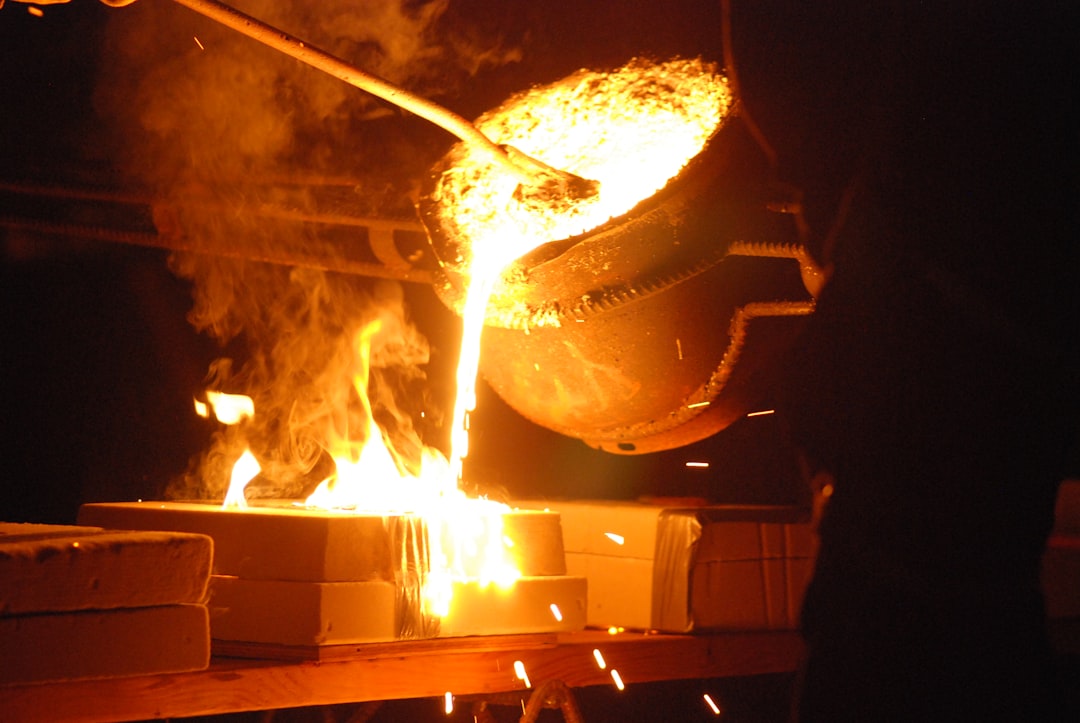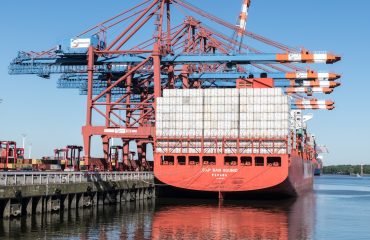body { font-family: sans-serif; line-height: 1.6; }
h1, h2, h3 { color: #333; }
h1 { font-size: 2.5em; }
h2 { font-size: 2em; }
h3 { font-size: 1.5em; }
blockquote { background-color: #f9f9f9; padding: 10px; margin: 10px 0; border-left: 5px solid #ddd; }
Navigating the complexities of international steel trade requires a firm grasp of Incoterms, particularly the difference between FOB (Free On Board) and CIF (Cost, Insurance, and Freight). These terms define the responsibilities and costs associated with shipping goods, significantly impacting your profitability and risk exposure. This comprehensive guide will dissect the nuances of FOB vs CIF in steel exports, enabling you to make informed decisions and secure successful transactions.
Understanding Incoterms: The Foundation of International Trade
Incoterms, or International Commercial Terms, are standardized trade terms published by the International Chamber of Commerce (ICC). They clarify the responsibilities of buyers and sellers regarding delivery, costs, and risks involved in international shipping. Choosing the right Incoterm is crucial for avoiding misunderstandings and disputes. While numerous Incoterms exist, FOB and CIF are frequently used in steel exports, each with distinct implications.
FOB (Free On Board): Seller’s Responsibilities and Limitations
Under FOB, the seller’s responsibility ends when the goods are loaded onto the vessel at the named port of shipment. This means the seller is responsible for:
- Producing and packaging the steel products according to the agreed specifications.
- Delivering the goods to the named port of shipment.
- Loading the goods onto the vessel.
- Providing the necessary export documentation.
However, the buyer is responsible for all costs and risks from the moment the goods are loaded onto the vessel onwards, including freight, insurance, and any potential damage or loss during transit. This places significant responsibility and potential cost burden on the buyer.
CIF (Cost, Insurance, and Freight): A More Comprehensive Seller’s Role
In contrast to FOB, CIF places a greater burden on the seller. Under CIF, the seller is responsible for all costs and risks until the goods arrive at the named port of destination. This includes:
- All costs associated with production, packaging, and delivery to the port of shipment.
- The cost of freight to the named port of destination.
- The cost of marine insurance covering the goods during transit.
- Providing all necessary export and import documentation.
The buyer’s responsibility begins only when the goods arrive at the designated port of destination. This simplifies the buyer’s process but increases the seller’s responsibilities and costs.
Cost Comparison: FOB vs CIF in Steel Exports
The cost difference between FOB and CIF is significant. While FOB initially appears cheaper for the buyer as they only pay for the goods at the port of shipment, the added costs of freight and insurance can be substantial, especially for long-distance shipments. CIF, although seemingly more expensive upfront for the buyer, includes these costs, offering greater price transparency and simplifying the overall transaction. For sellers, CIF involves higher initial costs but shifts the risk to the buyer after shipment. The ultimate cost-effectiveness depends on factors like the distance of shipment, the type of steel being exported, and the prevailing market conditions for freight and insurance.
Risk Management: Navigating Potential Challenges
The choice between FOB and CIF significantly impacts risk management. Under FOB, the buyer bears the risk of loss or damage during transit. This necessitates careful consideration of insurance options and potentially higher premiums. With CIF, the seller carries the risk until the goods reach the destination port. However, the seller can mitigate this risk through appropriate insurance policies. Both parties should carefully review the contract and ensure clear communication to manage potential risks associated with weather delays, port congestion, or unforeseen events.
Choosing the Right Incoterm: Factors to Consider
Selecting the appropriate Incoterm requires careful consideration of several factors. These include:
- The volume and value of the steel shipment: Larger, higher-value shipments may warrant CIF to simplify the transaction and provide greater risk protection for the buyer.
- The distance of the shipment: Long-distance shipments might make CIF more appealing due to the complexities of freight and insurance management for the buyer.
- The buyer’s experience in international trade: Buyers with limited experience might prefer CIF for its simplicity.
- The prevailing market conditions: Freight and insurance rates fluctuate, impacting the overall cost and risk profile of each Incoterm.
- The relationship between the buyer and seller: Established relationships may allow for more flexibility in negotiating Incoterms.
Careful negotiation and a clearly defined contract are crucial regardless of the chosen Incoterm.
In conclusion, understanding the differences between FOB and CIF is paramount for successful steel exports. Each Incoterm presents distinct advantages and disadvantages regarding cost, risk, and responsibility. By carefully analyzing these factors and considering the specific circumstances of each transaction, both buyers and sellers can make informed decisions that optimize their operations and minimize potential disputes.
SEO Tags: FOB, CIF, Steel Export Incoterms, International Steel Trade, Shipping Logistics




